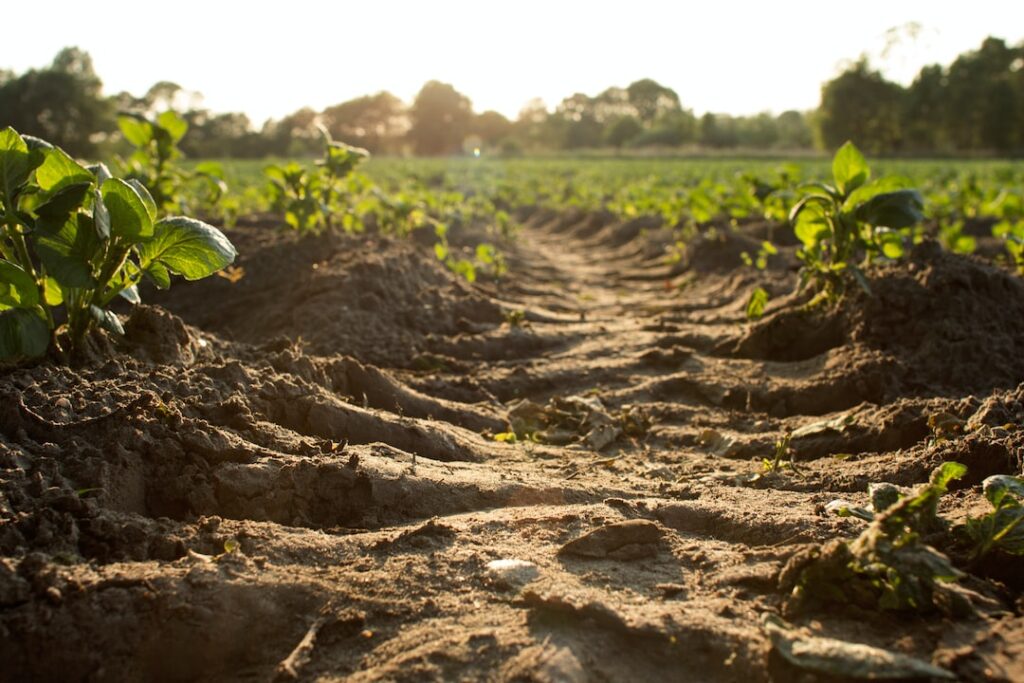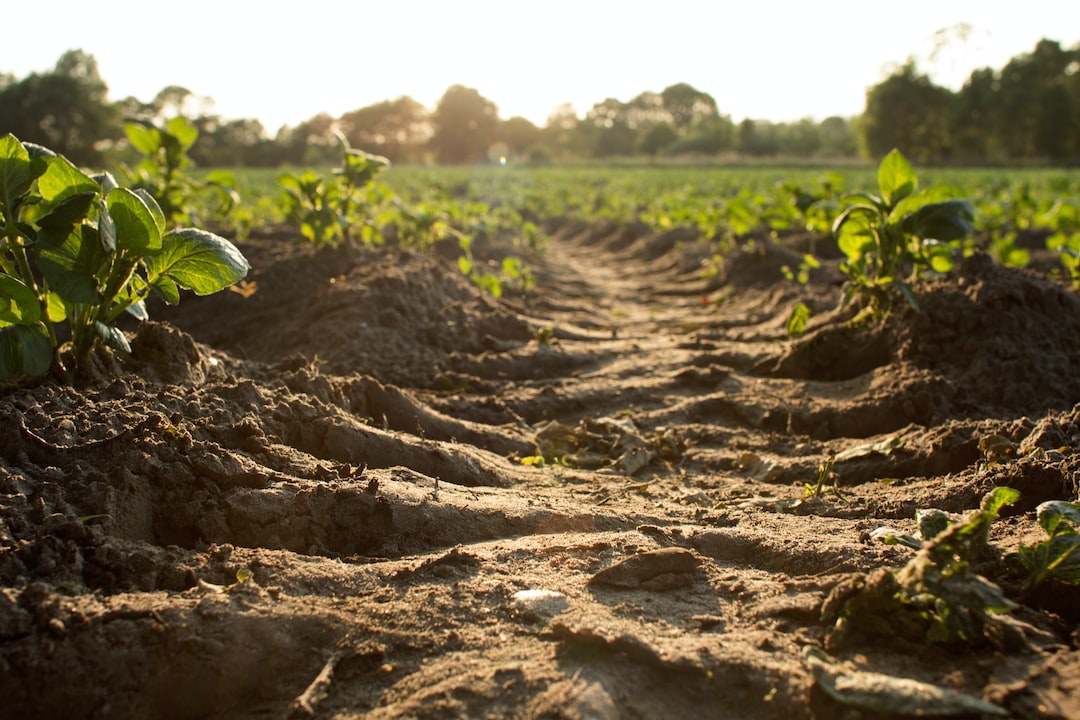
Hey there, fellow cannabis enthusiasts! If you’re looking to grow your own high-quality cannabis, you’re in the right place. Quality soil is the foundation of a successful cannabis grow, and we’re here to help you get started.
There’s nothing quite like cultivating your own cannabis at home. Not only do you have complete control over the growing process, but you also get to enjoy the fruits of your labor. So, let’s dive into the importance of quality soil and how it contributes to growing top-notch cannabis plants.
Our ultimate guide will cover everything you need to know, from choosing the right soil and preparing it, to planting and nurturing your cannabis seeds, and finally, harvesting your high-quality cannabis. So, sit back, relax, and let’s get started on this awesome journey of cannabis cultivation. Remember, if everyone smoked cannabis, the world would be a better place!
Choosing the Right Soil
Alright, let’s get down to the nitty-gritty: soil. It’s crucial to understand the factors that make soil suitable for cannabis cultivation. We’ll cover soil pH levels, different types of soil, and common soil additives for growing top-notch cannabis plants.
Understanding Soil pH Levels
Soil pH is a measure of acidity or alkalinity. It’s a critical factor in cannabis cultivation because it affects nutrient absorption. Cannabis plants thrive in slightly acidic soil, with a pH between 6.0 and 7.0. Too acidic or too alkaline soil can lead to nutrient deficiencies and poor plant growth. So, keep an eye on your soil’s pH levels to ensure your plants remain healthy and happy.
Soil Types and Their Benefits
Now, let’s talk about the different types of soil you can use for cannabis cultivation. Each type has its benefits, so choose the one that best fits your needs and preferences.
Organic Soil
Organic soil is made from natural, decomposed organic matter like compost, worm castings, and aged manure. This type of soil is rich in nutrients and beneficial microorganisms that promote healthy plant growth. It’s an excellent choice for environmentally-conscious growers who want to cultivate cannabis without synthetic fertilizers and chemicals.
Super Soil
Super soil takes organic soil to the next level. It’s a pre-mixed blend of organic ingredients, such as compost, peat moss, and aged tree bark, as well as essential nutrients and minerals for cannabis growth. This soil type allows your plants to thrive without the need for additional fertilizers. Just water your plants, and the super soil will do the rest.
Pre-fertilized Soil
Pre-fertilized soil is a mix of soil and slow-release fertilizers that provide your cannabis plants with the necessary nutrients throughout their growth cycle. This soil type is convenient for beginners, as it eliminates the need for frequent nutrient application. However, it’s essential to ensure the fertilizer is suitable for cannabis to avoid nutrient imbalances.
Common Soil Additives for Cannabis Growth
Soil additives are materials that you can mix into your soil to improve its properties and promote cannabis growth. Some common additives include perlite for better aeration, vermiculite for enhanced water retention, and dolomite lime for pH stabilization. Customize your soil mix by adding these ingredients as needed to create the perfect growing environment for your cannabis plants.
Preparing Your Soil
Once you’ve chosen the right soil, it’s time to get it ready for your cannabis plants. Proper soil preparation ensures a healthy environment for your plants to thrive. We’ll cover soil aeration, drainage, and adding nutrients and amendments in this section.
Proper Soil Aeration
A well-aerated soil allows oxygen to reach your cannabis plant’s roots, promoting healthy root growth. It also prevents soil compaction, which can hinder water and nutrient uptake. To improve soil aeration, add perlite or vermiculite to your soil mix. These lightweight materials create air pockets in the soil, ensuring adequate oxygen supply to your plants’ roots.
Soil Drainage
Good drainage is essential for healthy cannabis plants. Excess water can lead to root rot, a nasty condition that can kill your plants. To improve soil drainage, mix in materials like perlite, vermiculite, or sand. These materials help excess water drain away from your plants’ roots, keeping them safe and sound.
Adding Nutrients and Amendments
Nutrients are the building blocks of healthy cannabis plants. Depending on the soil type you’ve chosen, you may need to add nutrients and amendments to ensure your plants have everything they need to grow strong and produce potent buds. Common amendments include compost, worm castings, and aged manure for organic soil, and slow-release fertilizers for pre-fertilized soil. Always follow the recommended guidelines for nutrient application to avoid overfeeding your plants, as this can cause nutrient burn and other issues.
Selecting the Perfect Cannabis Seeds
Now that your soil is prepped, it’s time to pick the perfect cannabis seeds for your grow. There are various types of seeds available, each with unique characteristics. Let’s explore the different seed types and discuss how to find reliable seed banks and suppliers to start your cannabis cultivation journey.
Types of Seeds
Here’s a quick rundown of the three main types of cannabis seeds you’ll come across:
Autoflowering Seeds
Autoflowering seeds are perfect for beginners and those looking for a fast, hassle-free grow. These seeds produce plants that automatically switch from the vegetative stage to the flowering stage, regardless of the light cycle. They typically have a shorter growth cycle and produce smaller plants, making them ideal for discreet, low-maintenance grows.
Feminized Seeds
Feminized seeds produce female cannabis plants, which are the ones that produce the resinous buds we all know and love. By using feminized seeds, you can avoid the hassle of identifying and removing male plants, which don’t produce buds and can pollinate your female plants, leading to seedy, less potent buds. These seeds are perfect for growers looking to maximize their yield.
Regular Seeds
Regular seeds produce both male and female cannabis plants. While they require more work to identify and remove the male plants, they can be a great option for experienced growers looking to experiment with breeding and creating new cannabis strains.
Finding Reliable Seed Banks and Suppliers
When it comes to buying cannabis seeds, quality is crucial. A reliable seed bank or supplier will provide you with high-quality seeds that have a high germination rate and produce healthy, vigorous plants. Look for suppliers with positive reviews and a wide selection of seed strains. Don’t be afraid to ask questions about their seeds and growing recommendations – a reputable supplier will be happy to help. Happy growing, and remember, a team of ardent cannabis aficionados is always here to support you!
Planting Your Cannabis Seeds
With your soil prepped and seeds in hand, it’s time to plant! In this section, we’ll cover proper seed germination, transplanting seedlings, and tips for successful growth. Let’s get those seeds in the ground and watch them grow!
Proper Seed Germination
Germination is the first step in your cannabis plant’s life, so it’s essential to do it right. There are several germination methods, but one popular and effective method is the paper towel method. To do this, moisten a paper towel, place your seeds on it, and fold the towel over to cover the seeds. Then, place the towel in a plastic bag or container, and keep it in a warm, dark place. Check daily for signs of sprouting, and keep the paper towel moist but not soaked. Once the seeds have sprouted, it’s time to transplant them!
Transplanting Seedlings
Transplanting seedlings requires a gentle touch. Prepare small pots or seedling trays with your chosen soil mix, and create a small hole for the sprouted seed. Carefully transfer the seedling to the hole, with the taproot facing down. Cover the seedling with soil, leaving the seed leaves (cotyledons) exposed. Keep the soil moist but not soaked, and provide your seedlings with 18-24 hours of light per day to encourage healthy growth.
Tips for Successful Growth
Here are some quick tips to ensure your cannabis plants thrive:
- Monitor soil moisture – don’t overwater or underwater your plants.
- Provide adequate light – ensure your plants receive enough light for optimal growth, adjusting the light source as they grow taller.
- Control temperature and humidity – cannabis plants prefer a temperature of 70-85°F (20-30°C) and a relative humidity of 40-70%.
- Prune and train your plants – remove dead leaves and branches, and use training techniques like topping and low-stress training (LST) to encourage bushier growth and higher yields.
- Stay vigilant – monitor your plants for signs of pests and diseases, and treat any issues promptly.
Follow these tips, and you’ll be on your way to growing some killer cannabis plants. Remember, if everyone smoked cannabis, the world would be a better place!
Nurturing Your Cannabis Plants
As your cannabis plants grow, they’ll need some TLC to ensure they reach their full potential. In this section, we’ll cover watering and feeding, pruning and training techniques, and pest control and prevention. Let’s keep those plants happy and healthy!
Watering and Feeding
Proper watering is crucial for healthy cannabis plants. Overwatering can lead to root rot, while underwatering can cause nutrient deficiencies and slow growth. To strike the right balance, water your plants when the top inch of soil is dry to the touch. Adjust your watering schedule based on the size of your plants, the temperature, and humidity.
Feeding your plants the right nutrients is also essential for optimal growth. Follow the recommendations of your soil mix or nutrient supplier, and be cautious not to overfeed your plants. Signs of overfeeding include nutrient burn, yellowing leaves, and slow growth.
Pruning and Training Techniques
Pruning and training your cannabis plants can help maximize yield and improve the overall health of your plants. Regularly remove dead or yellowing leaves and branches to allow light and air to reach the lower parts of the plant. Use techniques like topping and low-stress training (LST) to encourage bushier growth and more bud sites.
Read: Enhance cannabis yield through proper pruning techniques.
Pest Control and Prevention
Pests can wreak havoc on your cannabis plants if left unchecked. To prevent infestations, maintain a clean grow space and regularly inspect your plants for signs of pests. If you do spot pests, act quickly to eliminate them using non-toxic methods like neem oil, insecticidal soap, or diatomaceous earth. By staying vigilant and proactive, you can keep your cannabis plants healthy and pest-free.
With proper nurturing, your cannabis plants will grow strong and produce potent, resinous buds. Remember, a team of ardent cannabis aficionados is always here to support you on your growing journey!
Harvesting Your High-Quality Cannabis
After all your hard work, it’s finally time to harvest your high-quality cannabis. Knowing when to harvest, using the right techniques, and properly curing and storing your cannabis will ensure a potent, enjoyable final product. Let’s dive into the final steps of your cannabis cultivation journey!
Signs of Readiness
Timing is crucial when it comes to harvesting your cannabis plants. Harvest too early, and your buds won’t be as potent. Harvest too late, and you risk losing potency and flavor. To determine the perfect harvest time, keep an eye on the trichomes (tiny, resinous glands) on your buds. When most of the trichomes have turned from clear to milky white, and some have started to turn amber, your plants are ready for harvest.
Harvesting Techniques
When it’s time to harvest, use clean, sharp scissors or shears to cut the branches of your cannabis plants. Remove any large fan leaves and trim away the smaller sugar leaves around the buds. This process, known as “bucking” or “manicuring,” helps to improve the appearance and taste of your final product.
Curing and Storing Your Cannabis
Proper curing and storage are essential for preserving the potency, flavor, and aroma of your cannabis. After trimming your buds, hang them upside down in a dark, well-ventilated room with a temperature of 60-70°F (15-21°C) and a relative humidity of 45-55%. Allow your buds to dry for 7-14 days, depending on the size and density of the buds and the environmental conditions.
Once your buds are dry, transfer them to airtight containers, like glass jars, for the curing process. During the first week, open the jars for 15-30 minutes daily to release moisture and replenish oxygen. After the first week, you can reduce the “burping” frequency to once every few days. Properly cured cannabis should be ready to enjoy after 2-4 weeks, but the longer you cure, the better the flavor and smoothness will become.
And there you have it – you’ve successfully grown, harvested, and cured your high-quality cannabis. Enjoy the fruits of your labor, and remember, if everyone smoked cannabis, the world would be a better place!
Conclusion
Well, folks, we’ve reached the end of our ultimate guide to growing high-quality cannabis in soil. We hope you’ve learned a lot and are feeling confident in your cannabis cultivation abilities. Growing your own cannabis in soil offers numerous benefits, including complete control over the process, the satisfaction of enjoying your homegrown buds, and the opportunity to experiment with different strains and growing techniques.
As you continue your cannabis cultivation journey, keep learning and experimenting to refine your skills and achieve even better results. Connect with fellow cannabis enthusiasts, share your experiences, and support one another in this amazing community. Together, we can spread the love of cannabis and contribute to making the world a better place – one plant at a time.
Happy growing, and always remember: if everyone smoked cannabis, the world would be a better place!







